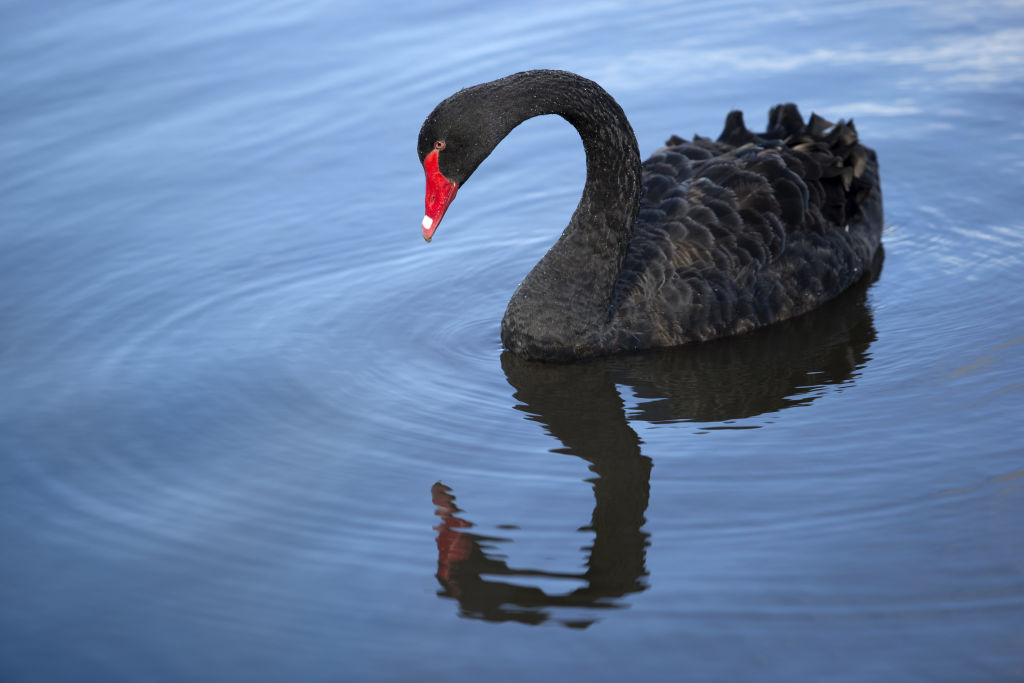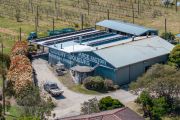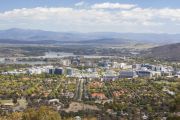
Rays of light for Australian agriculture in a time of turmoil
The ferocious drought that gripped eastern Australia through 2019-20 has gone, and a potentially fertile La Nina period lies ahead for agriculture – but so does a period of unprecedented market turmoil.
”In my years as a market analyst, I’ve never seen conditions so volatile,” said Andrew Whitelaw, a founding partner of Thomas Elder Markets. ”We used to expect a highly disruptive black swan event about once a year; now they happen monthly, if not fortnightly.”
The strong demand fundamentals that have buoyed agricultural investment over the past decade remain, but for food and fibre supply chains, profiting from that demand becomes increasingly complicated.
The mother of all black swan events is, of course, the COVID-19 pandemic.
Wool, in particular, has been mauled by the crisis. Most of the world’s wool processing capacity sits in China. When the Chinese government decisively acted on the pandemic in early 2020, Australia’s wool clip was stranded.
Wool buyers trying to talk with Chinese mills found ”there was no one on the other end of the phone,” said Robert Hermann, co-founder and managing director of ag market analyst Mecardo.
”Eventually the mills returned to business, but by then Europe had gone into lockdown, and so the mills had no buyers for their fabrics.”
In response to the COVID-19-related storm, wool prices swiftly halved.
Mr Hermann is hopeful that this is a short-term phenomenon. Half the wool processed in China is consumed in China, which is doing better than most at quashing the pandemic.
And as other countries regain control of their economies, Mr Hermann is optimistic that demand for wool might return relatively swiftly.
The red meat commodities have fared better, even though lamb prices tumbled when lamb processors in Victoria shut down to protect workers. Even after the tumble, Mr Hermann notes, lamb prices are still sitting above their five-year average.
In contrast, Australian beef is now domestically fetching the highest prices ever, giving it the dubious distinction of being the most expensive beef in the world.
That’s a supply-and-demand phenomenon, Mr Hermann reports: between 2017-18 and 2020, the national cattle herd crashed from about 28 million head to 24.7 million in response to crippling drought.
Widespread rain has further diminished the stock available for slaughter as females are retained for herd rebuilding.
The cattle slaughter rate is now back nearly a third compared with the same time last year, but exports have dropped by about 25 per cent due to COVID-19-related factors. So far, the domestic market is sopping up any excess beef production, but for how long, and at what price, is anyone’s guess.
Andrew Whitelaw observes that China is also exerting a huge gravitational force on protein and animal feed markets because of another disease: African swine fever.
A 2019 outbreak forced China to kill about half of its 440 million pigs. According to Thomas Elder’s analysis, China now has a protein shortfall of about 25 million tonnes. As China attempts to fill the gap with other proteins, ag commodity trade flows around the world are shifting in ways not yet fully understood.
Australian pork producers wouldn’t directly benefit, Mr Whitelaw said, as Australia had no pork trade protocols with China. But they would benefit from the flow-on effect from reduced global supplies.
For grain producers, however, opportunity knocks – in the eastern states, at least. West Australian producers are contending with a spotty growing season.
At this point the east had the potential for a ”Top 3” winter grains crop, Mr Whitelaw said, while at the same time importing countries such as Turkey, Egypt and Saudi Arabia, spooked by uncertainty, were building their grain stockpiles ever higher.
If a black swan doesn’t fly in with an unwanted surprise, Mr Whitelaw was optimistic that grain producers could expect the happy duo of volume plus value.
The immediate future might be tumultuous for ag commodities, but behind the smoke and bangs of the COVID-19 pandemic and politics sits an enduring truth: the human population is growing, and ag production is not keeping pace. Food is life: agriculture’s importance can only grow.










